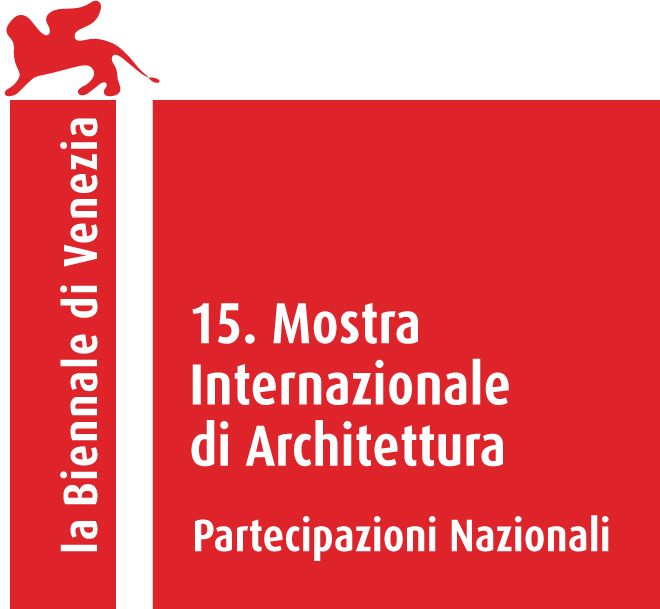The title and hence the theme of this year’s Biennale – Reporting From the Front – defines an ongoing action and places the architect in focus, by entrusting one’s role as a messenger, therefore assuming, in addition to the objectivity and professionalism in addressing and solving local challenges, also the subjectivity of reporting in a global framework. Therefore, every story, every action and every chosen viewpoint implies the presence of the announcer-architect and inevitably turns our sight towards ourselves as active actors of these local scenes. The way of relating to ourselves defines our positioning and relationship with the global professional context and determines building bridges which can turn specific experiences into a universal know-how.
This year, the Romanian Pavilion, taking advantage of its specific position in the Giardini, located at the end of the visiting trajectory, proposes and provokes such an insight, preceded by the study and assimilation of all the knowledge one has already covered by this point. Selfie Automaton questions the position of the individual in his structured relation to and among others, in the context of his own desires, in order to return, indirectly, to problems specific to the profession. The “battle” in and for the built environment, reduced to a personal level, has a universal echo, exceeding the limits of local problematics and national specificities.
The Menagerie of Wishes, part of the same project, exhibited in the New Gallery of the Romanian Cultural Institute, is inspired by its location on one of the busiest streets visited by the general audience, mostly curious tourists in search of typical Venetian attractions. The exhibition comprises a series of installations with a consistent dose of humour, which set in motion known global symbols of characters with magical powers, offering potential solutions to problems and fulfill wishes. But these cliché creatures – the goldfish and the magic hen, in full-size shapes and dimensions and extracted from fairyland, placed in a space surrounded by mirrors, take us back to the palpable reality we belong to, where only our individual and collective actions can set something in motion in order to solve a problem or offer some support. The double role of the visitor, both as an observing participant and the subject of the proposed analysis, binds the elements of the exhibition together, and brings us back to the theme of the Biennale, inviting us to self-reflection and to focus on the importance of our individual contribution.
Thus, Romania’s participation at the Venice Architecture Biennale builds the frame of a possible (self)portrait of the architectural environment, visible beyond the physical front of the Biennale, reflecting all the way to the level of local architecture.
